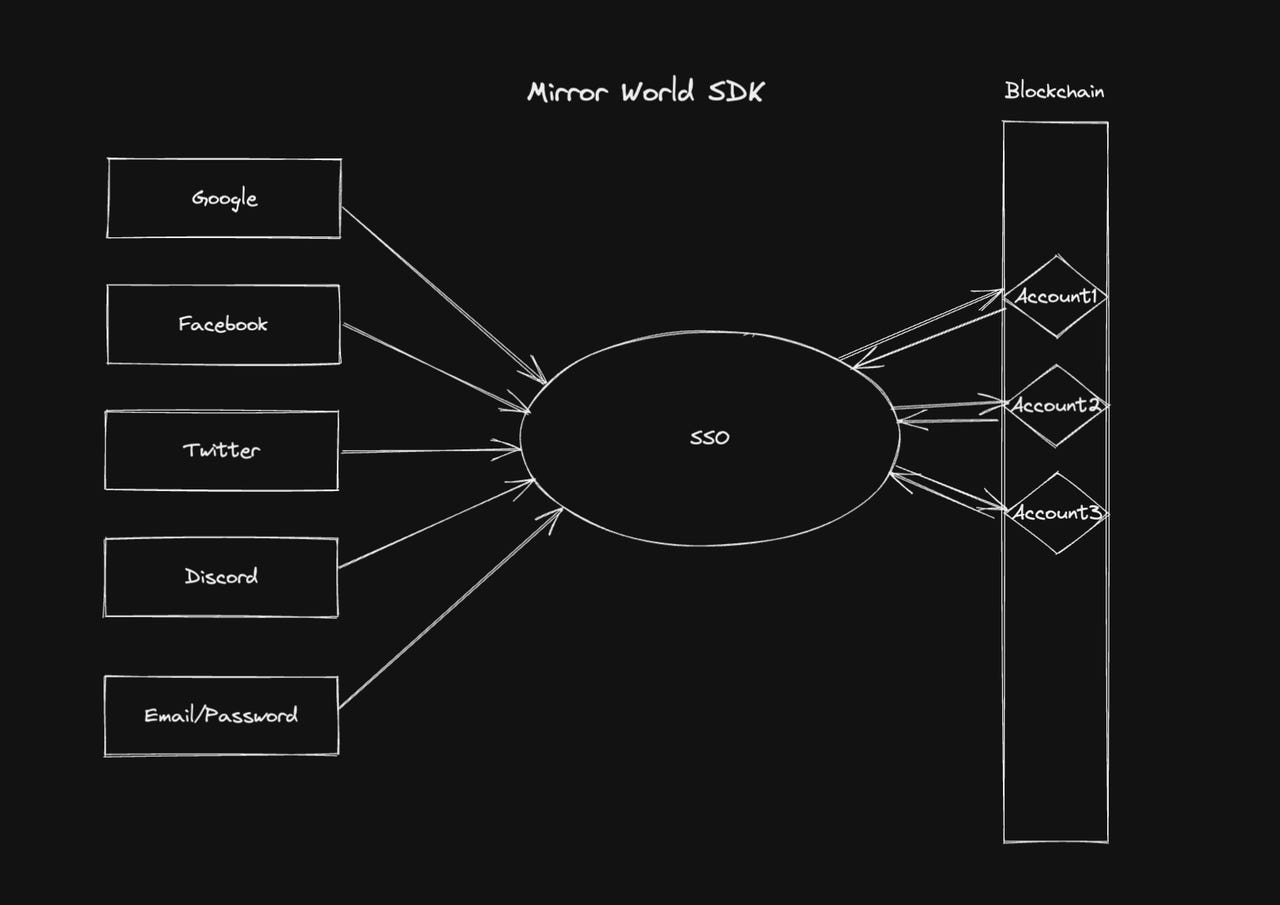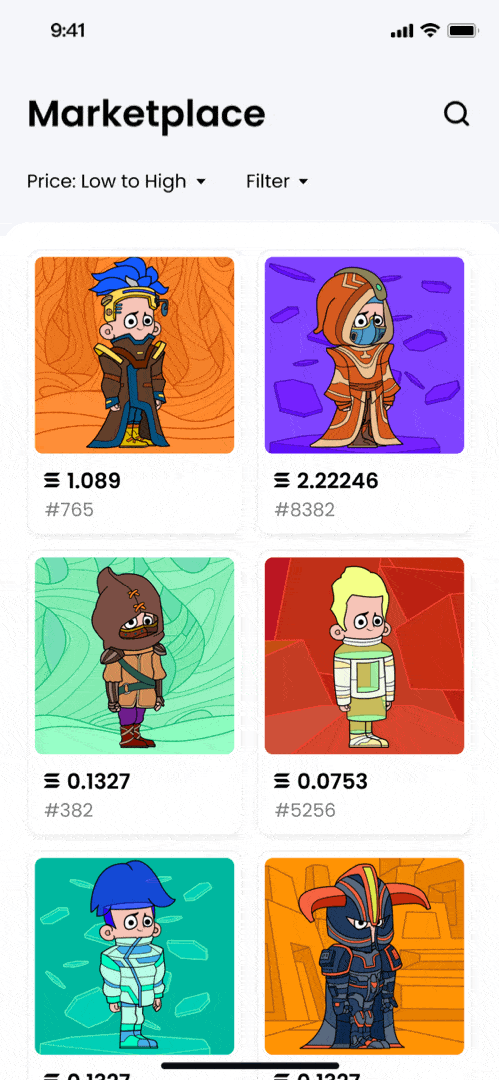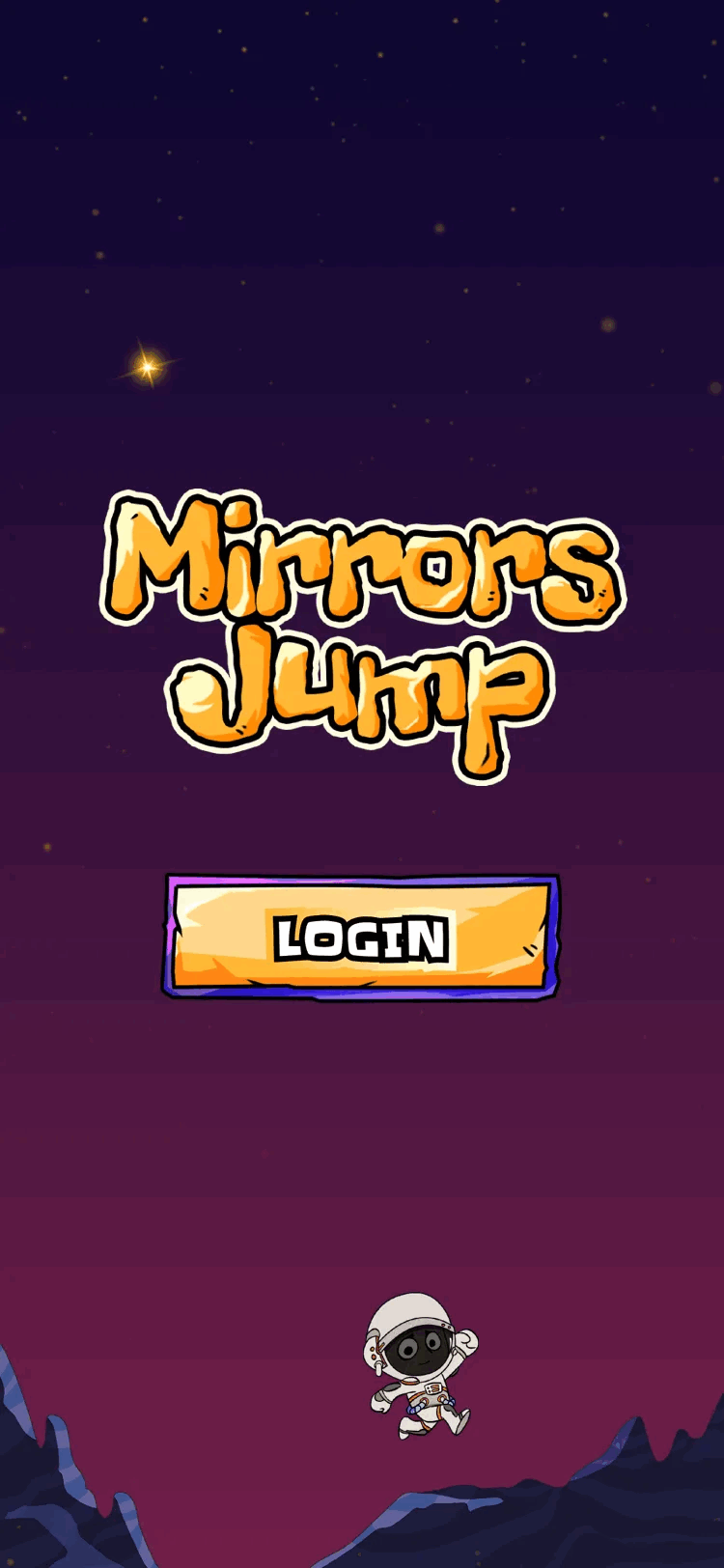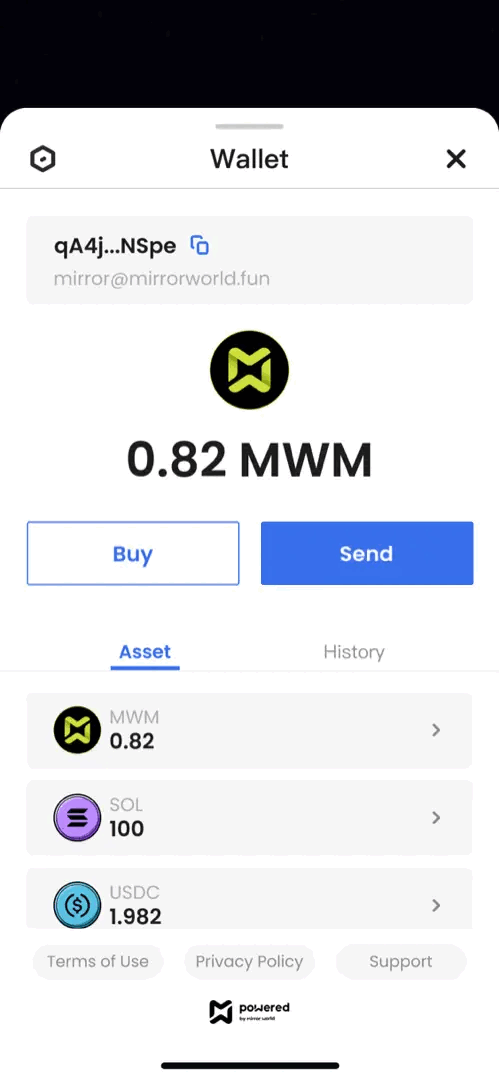Build Your Own Dapp Without Being A Blockchain Developer
A definitive guide on how to build a dApp without in-depth blockchain knowledge.
The growth of Bitcoin and other cryptocurrencies has seen many investors showing interest in creating blockchain applications to allow them to transact easily. This comes shortly after the birth of Ethereum as the first programmable blockchain, which welcomed the beginning of Web3.
Since then, crypto investors and web programmers have been hovering between Web2 and Web3, with others learning more about blockchain and dApp building.
As a new web developer or Bitcoin user, you are probably stuck between using traditional software or non-coded applications. To begin with, non-coded or low-code smart platforms allow blockchain developers to create the technology easily. These techniques increase productivity since crypto investors can accomplish more within the shortest time. dApps also allow end users to deploy their blockchain technologies quickly.

The question is, should one become a blockchain developer to create their dApp? The simplest answer is NO. Although, building your dApps without being a blockchain developer seems like a straightforward task, especially if you understand all the basics involved. Hence, this article gives a definitive guide on how to build a dApp without in-depth blockchain knowledge.
What Is a Dapp?
Just by breaking it down, dApp stands for decentralized applications (d for Decentralized). These are applications that do not rely on centralized backends running in AWS or Azure that power traditional web and mobile applications.
Instead, they interact directly on a blockchain in form of smart contracts and mobile or web apps. Blockchain nodes or smart contracts do not need a leader who can defeat their purpose of being independent or decentralized. Rather, all blockchain transactions on decentralized applications are processed by random nodes through Proof of Work or Proof of Stake.
dApps come in various forms, including Web3 websites, Web3 mobile applications, and Web3 games. These forms incorporate web or in-app authentication to enable users to log in. However, since most internet users are familiar with Web2 authentication, it was wise to introduce dApps that allow Web3 authentication via email. Other dApp builders also boost Web3 user onboarding by allowing Web3 social login.

Key Decentralized Application (dApp) Features
Crypto Wallet
The most essential part of a decentralized application working on a blockchain is a crypto wallet that allows the user to connect to the app. The wallet also allows customers to receive bonuses and rewards as virtual currency, cryptocurrency, or non-fungible tokens (NFTs) . Therefore, anyone planning to create a dApp should also learn how to build a crypto wallet.
Tokens
dApp users also need tokens to access different software options. The primary purpose of tokens is to fuel any transaction running in the software’s background. dApp or blockchain users can also create crypto tokens to boost their Defi apps, increase app development capital, or for other goals.
Transaction-Based Actions
dApps also need specific actions to perform, just like traditional or centralized apps. However, the only difference is that dApps rely on transactions to survive. dApps also have smart contracts to execute transactions and all transactions are done without third-party interference. Users also have the power to propose and vote on all changes that are implemented on all dApps.

How To Build a Decentralized Application
As stated earlier, you don't need to become a blockchain developer to build your decentralized application. That is because dApps work on smart contracts and front ends.
Smart contracts, in this case, refer to codes that blockchains depend on to execute a transaction when certain conditions are met. On the other hand, the front ends are traditional web or mobile applications with intuitive interfaces that allow blockchain users to interact.
dApps also need backends or web applications that connect to smart contracts via APIs and oracles. These backends aggregate analytics and allow users to run reports and manage some dApp aspects. That said, while there seem to be a lot of juggles involved when building a dApp, newbies can approach this challenging task by focusing on the five main steps discussed below.
Steps To Building a dApp
1. Building A Smart Contract
A smart contract or a combination of smart contracts is what carries the logic of your dApp. When creating a smart contract, you should ask yourself the specific action you want your dApp to perform automatically, based on the blockchain consensus. Is it going to be a simple transaction, a string of algorithm computations, or something complex? All these questions determine if the smart contract will execute an operation automatically.
If you also plan to create a cross-chain dApp, you need to think about a combination of smart contracts. That is because a smart contract works on a single blockchain. That is also why most dApp creators choose Ethereum since it supports cross-chain transactions, has many users with already-enabled crypto wallets, and allows faster onboarding.
Though, if you want to introduce a new crypto wallet, you can choose other chains since they also support smart contracts and users are not even concerned with which blockchain your dApp is built on. Another reason to create a new crypto wallet or smart contract is to harness the massive audience that seems unfamiliar with the blockchain network.
2. Creating Front Ends
Just like smart contracts, decentralized applications cannot also work without front ends. Although the primary purpose of decentralized applications is to eliminate third parties, they should not be very different from normal apps that users interact with every day. That means you should also create appealing and intuitive front ends or user-facing mobile or web applications.
Front ends also minimize effects on the User Interfaces (UI), even though user actions can trigger some smart contract performance on a chain rather than connecting them with a central server.
Remember that initiating a smart contract function from a user-facing UI can take some time since blockchain transactions are not executed immediately. Thus, you can include some professional animations on the front ends to notify users that their transactions are still in progress until the action is verified.
You can also allow users with existing crypto wallets to onboard easily by integrating with services such as Mirror World Smart Wallet that allow users to connect their wallets. Moreover, make all features visible from the user end to allow them to explore your solutions before connecting their wallets.
3. Creating A Centralized Back End
A private web solution or a centralized back end is essential when creating an Ethereum dApp that requires massive data storage or if you plan to run reports or any other technical operation that is beyond on-chain transactions.
A centralized back end has an admin portal that connects to smart contracts and front-end apps. The connection allows users to offer additional features to you as the developer. You can also integrate these new features to run your dApp and its users.
Creating a backend is what makes your application decentralized. Although most people consider it the hardest part of the puzzle, it is easy to build since you only use all the details inside your applications that relate to smart contracts. The back ends also enable the front ends to reflect the live on-chain data.
4. Running A Rigorous Test
Before releasing the dApp for users to download and install on their desktops or mobile phones, you should first test it rigorously. That means you should start by passing your dApp through a thorough quality assurance (QA) testing process to check its functionality.
Doing so ensures that your application provides the best experience to the end-user and everything runs as intended. QA testing also checks the speed at which the application runs on the user’s device.
Testing front ends is often a straightforward task since it relies on a standardized protocol. Contrary, testing a smart contract is unique since you will need to verify its performance using a testnet. Remember that once you deploy a smart contract to the mainnet like Ethereum, you cannot remove any bug left in the dApp.
5. Deploying And Maintaining Your dApp
Although deploying your dApp should come as the final step, the truth is that application maintenance is a continuous process. You will need to update some things on the front end regularly, even though some features such as smart contracts will remain intact since a blockchain app is immune to changes.
After testing all the dApp's functionalities, you can deploy it by uploading mobile apps to App Store and Google Play Store, switching the back-end portal to a live production environment, and adding smart contracts to the blockchain.
Conclusion
Building a decentralized application is a comprehensive topic that requires one to learn about all the peaks and falls involved. For instance, while the three main components of a dApp are frontends, smart contracts, and backends, there are still more to learn such as the dApp architecture, smart contract coding, and voting.
Also, if you are interested in building a dApp without the need to become a blockchain developer, you should start with simpler projects that do not deal with smart contract combinations. You should also decide between Web3 games, websites, and mobile dApps, based on your primary need for decentralized software. Luckily, the internet is now full of dApp developing tutorials, and getting should never be a hustle anymore.
Mirror World Smart SDK Features
✅ Smart Auth: All-in-one Login & Authentication
✅ Smart Marketplace: Easily Build Mobile NFT Marketplace
✅ Smart Wallet: Mobile In-App Wallet Integration
✅ Smart NFT Creation: Zero-Code Launch Your NFT
Website | Documentation | Github | Youtube | Blog | Twitter | Telegram









